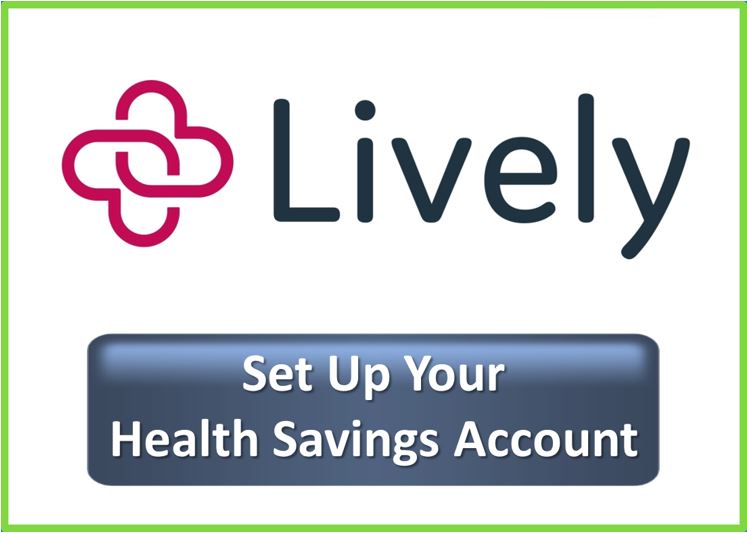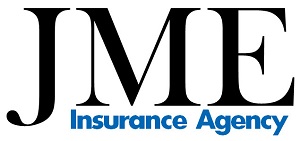We’ll keep this short and simple, but calculating the employer mandate penalty can get very complicated very quickly. In general, the Affordable Care Act requires employers with 50 or more employees, including full-time equivalents, to offer affordable coverage providing minimum value to those employees working 30 hours per week or more on average or pay a penalty under the employer shared responsibility requirement. There are actually two types of penalties:
4980H(A) Across-the-Board Penalty
Applicable Large Employers (ALEs) that do not offer health insurance to at least 95% of their full-time employees pay an across-the-board penalty of $2,080 per full-time employee with the first 30 excluded if even one full-timer receives a subsidy. The penalty is not tax-deductible.
Example: A group with 100 full-time employees that does not offer employer-sponsored health insurance would subtract the first 30 full-time employee, leaving 70. The penalty is 70 x $2,080, or $145,600 per year. The penalty is pro-rated monthly, so if the employer went without offering coverage for six months of the year, the penalty would be half of this amount.
4980H(B) Per-Employee Penalty
Applicable Large Employers (ALEs) that do offer health insurance to their employees could still pay a penalty if the coverage is either unaffordable (the amount the employee would have to pay for single coverage exceeds 9.56% of his/her household income) or fails to provide minimum value (if the employer offers a “skinny” MEC plan). In this case, the employer pays a $3,120 penalty on each employee who actually receives a subsidy. The penalty is not tax-deductible.
Example: A group with 100 full-time employees offers group health coverage, but it’s unaffordable for some of the employees. If 5 employees decline the group coverage because the cost would exceed 9.56% of their household income and instead receive a premium tax credit to purchase coverage in the individual market, the employer will pay a penalty of 5 x $3,120, or $15,600 for the year. The penalty is pro-rated monthly, so the employer pays 1/12th of the total penalty, or $260 per month, for each employee receiving a premium tax credit.
2015 Transition Relief
The penalty calculation is a little tricky for 2015, though, because there are several types of “transition relief” prevent an employer from paying the full penalty or eliminate the penalty altogether in 2015.
- Non-calendar year plans may be able to wait until their 2015 renewal date before any penalties kick in, but they do need to be offering affordable, minimum value coverage to all of their full-time employees by their renewal date to qualify for this relief. There are some additional qualification criteria as well.
- Employers with 50-99 full-time equivalent employees that were not previously offering group health coverage do not have to start until January 1, 2016. Those that were already offering health coverage as of February, 2014 must continue offering minimum value coverage to the same class or classes of employees and cannot reduce the employer contribution amount to avoid penalties for all of 2015 and the portion of the 2015 plan year that rolls over into 2016.
- Employers with 100 or more full-time equivalent employees only have to offer coverage to 70% rather than 95% of their full-time employees until the end of their 2015 plan year to avoid the across-the-board penalty, though they could still be subject to the 4980H(B) penalty if some of their employees receive a premium tax credit. Those that do not offer coverage to at least 70% of full-timers can subtract the first 80 rather than the first 30 full-time employees when calculating the across-the-board penalty.
The employer mandate penalties for 2015 will not be assessed until after the individual tax-filing deadline in 2016.








